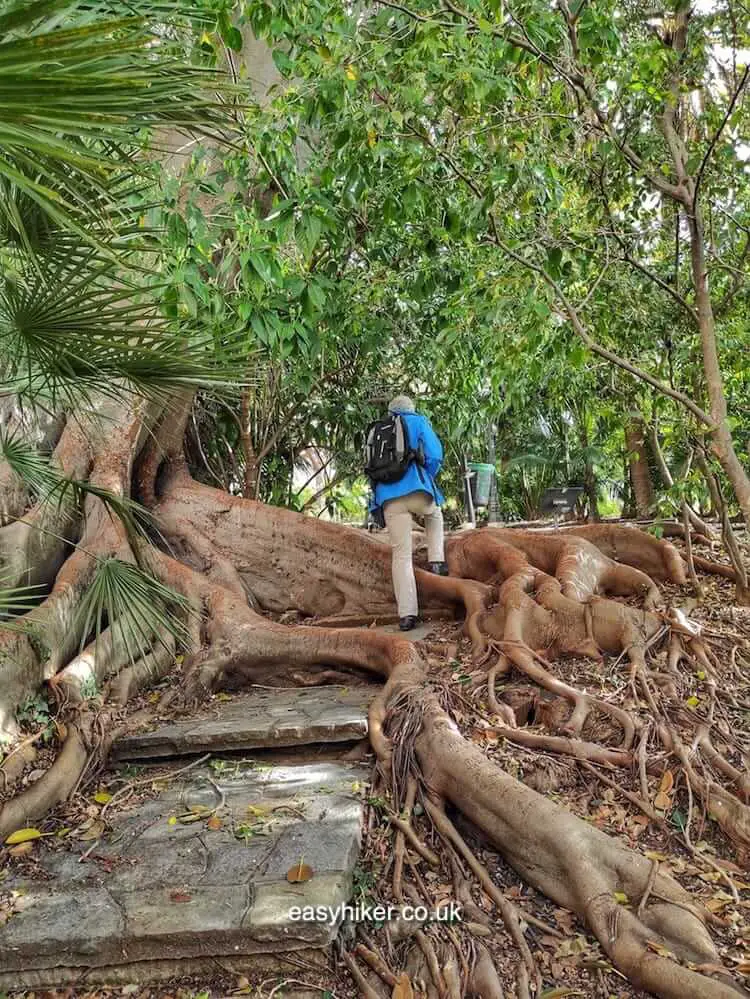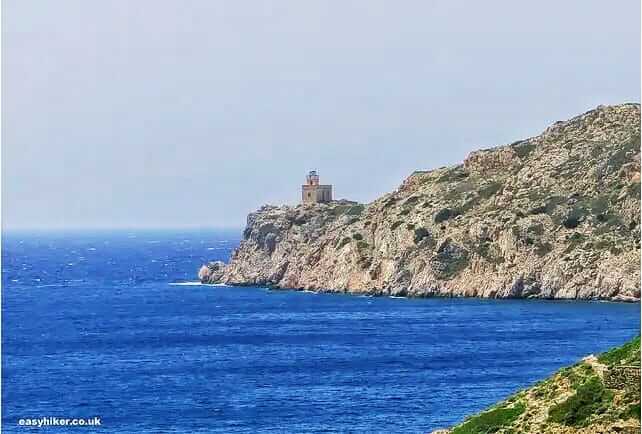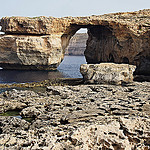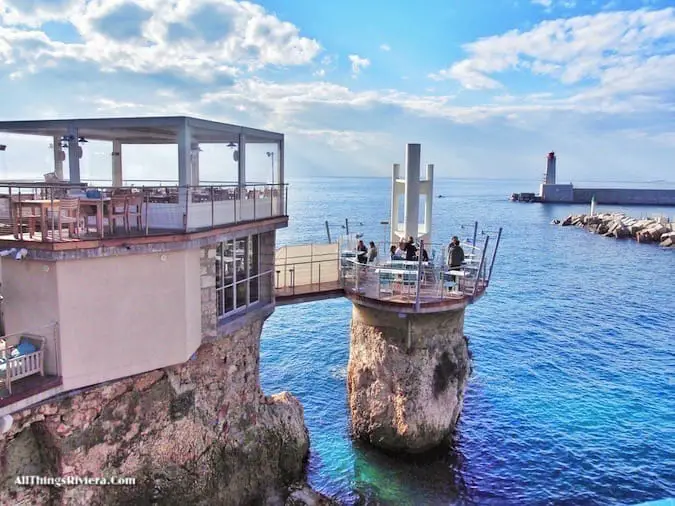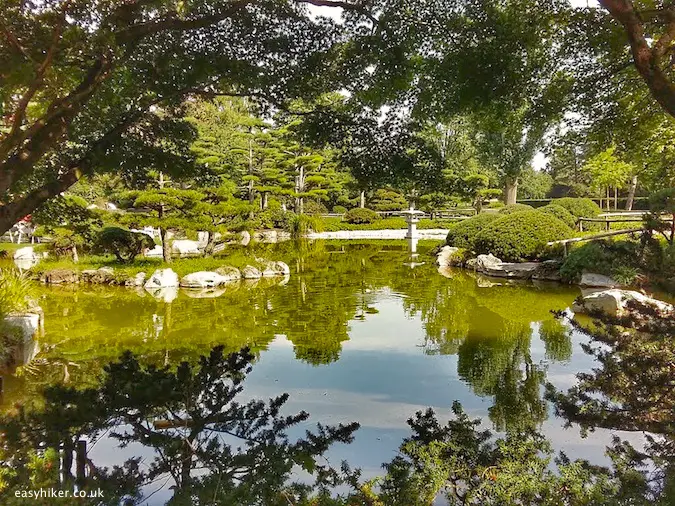Germans are an industrious people, and the looks of their country reflect that. Wherever you are traveling, you can see industry in action: roadside and railside, power stations are pumping out steam, factory chimneys spout smoke, and containers are shipped in and out of warehouses. Quite clearly, Germany is a country that still makes stuff.
Ask an Englishman for something interesting about his hometown, and he will most likely tell you about an important football match or trophy that the local club once won (probably years before he was born).
Ask a Frenchman, and he will proudly share with you everything there is to know about a local culinary specialty.
Ask a German, and he will tell you that his town has a virtual global monopoly for the production of something useful but unsung – deep groove ball bearings, double check valves or the kind of industrial glue that would not melt in the fires of hell.
Of course, not all hometowns in the country are like that. Germany also has cities that have done nothing for centuries but to please and which, like a wily old courtesan, have acquired an expertise, for the sweetness of life.
Wiesbaden is a good example for this.
Wiesbaden and the Sweetness of Life
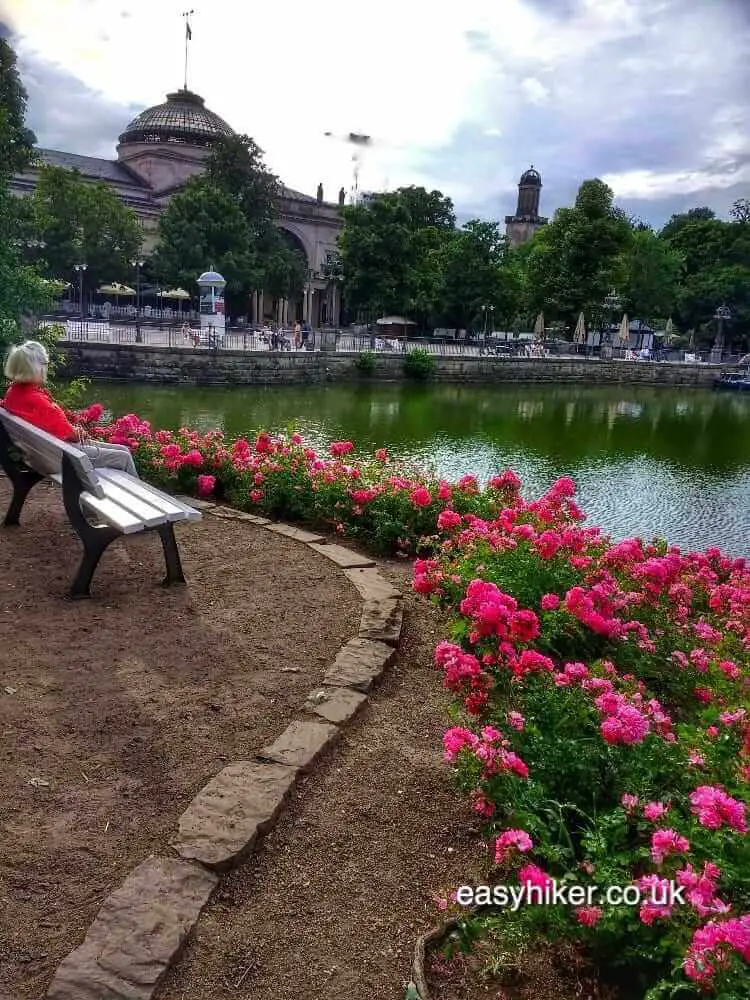
Wiesbaden is the state capital of Hesse. This is one key industry in town: administration. It all goes back to the Dukes of Nassau who resided here for centuries since the late Middle Ages.
The Nassaus used to be one of Europe’s most widespread and influential aristocratic families (the Dutch royal family is closely related), and it is largely due to their powerful presence in town that Wiesbaden owes its array of prestige buildings from every period since the 1400s.
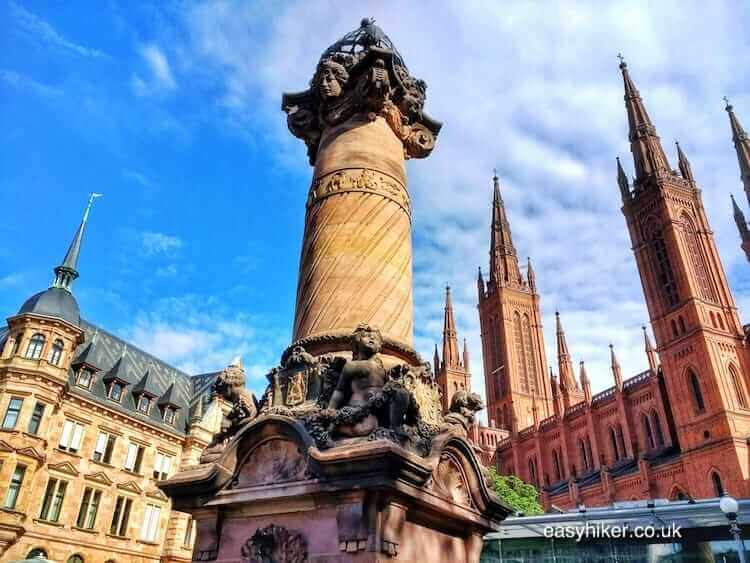
The other main industry in town is leisure. Wiesbaden is one of oldest spa resorts in Europe. Back in antiquity, the Romans built up near-by Mainz across the Rhine as their garrison, while the Aquae Mattiacorum, covering what is today’s Wiesbaden’s city centre, was something they kept for fun. This heritage is playfully celebrated in the Kurpark, the extensive public garden in the back of the casino that was laid out in 1852.
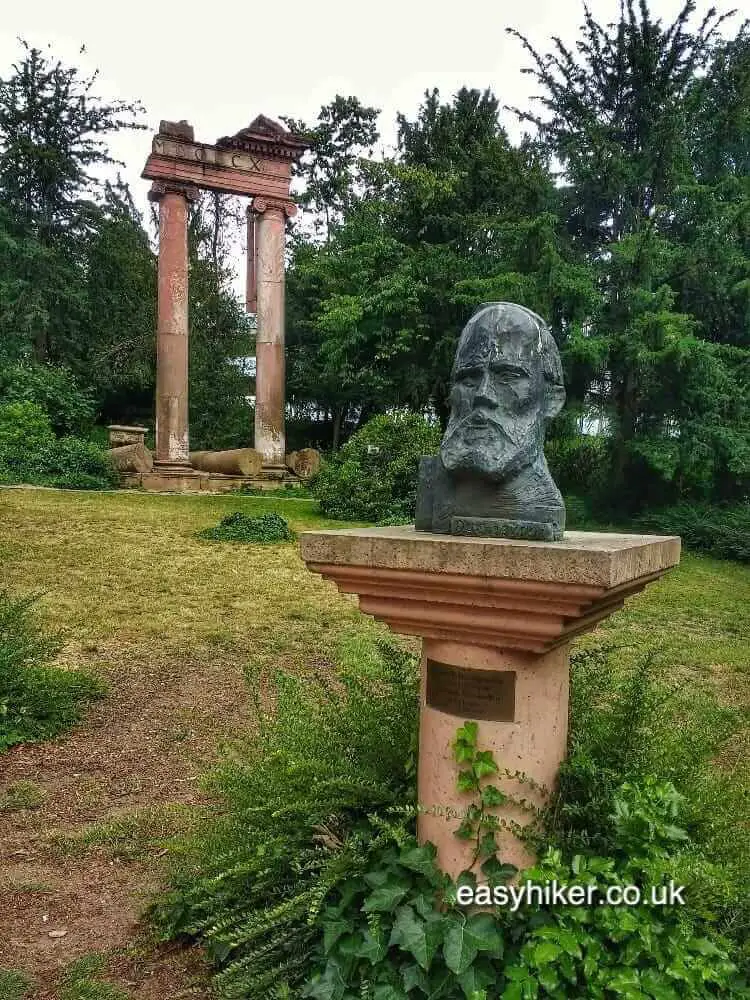
Roman history also provides the background for today’s walk up the Neroberg, Wiesbaden’s local mountain. There is, by the way, no connection to the notorious emperor: the mountain was named after the near-by Neresbach, a Latin-Germanic linguistic fusion denoting a “black creek”.
Where last week’s destination of Brescia can look back on two millennia of high-quality artisanship, Wiesbaden is rightly proud of its 2000-year-old tradition of recreational activities.
The Neroberg joined the fun and games towards the near end of this period in the mid 19th century when it became a popular day-trip destination for the local bourgeoisie.
The funicular railway, still operated today, was added in 1888 …
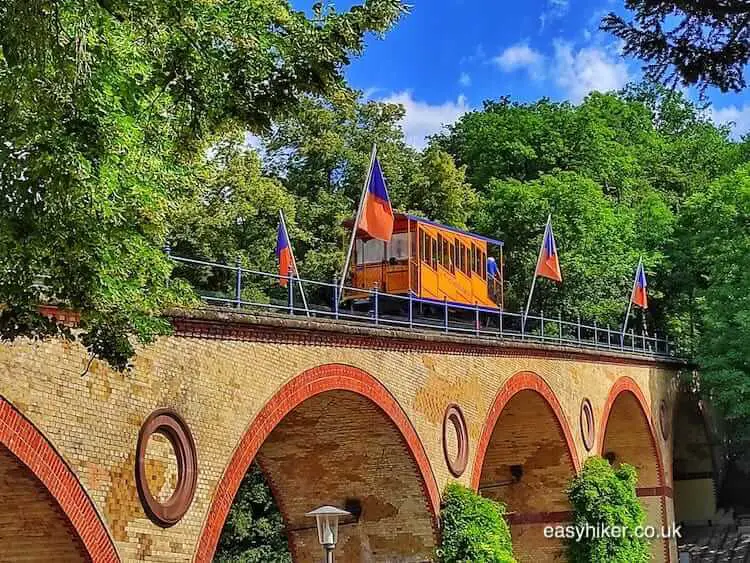
… but we shall climb the mountain on foot, just like the Roman officials and soldiers who passed here on their way back from the “hot springs” of Wiesbaden to their garrisons on the near-by Limes, the northern border of the Roman Empire.
Incidentally, the walk up the Neroberg is the first stage of a longer trail, called the Via Mattiacorum (the Mattiaci was what the Romans called the native tribe), which invites you to follow this slice of Roman history.
Have a good look at the V-M trail markers – you may need them for orientation on your way up, since there are quite a few twists and turns as well as dead ends.
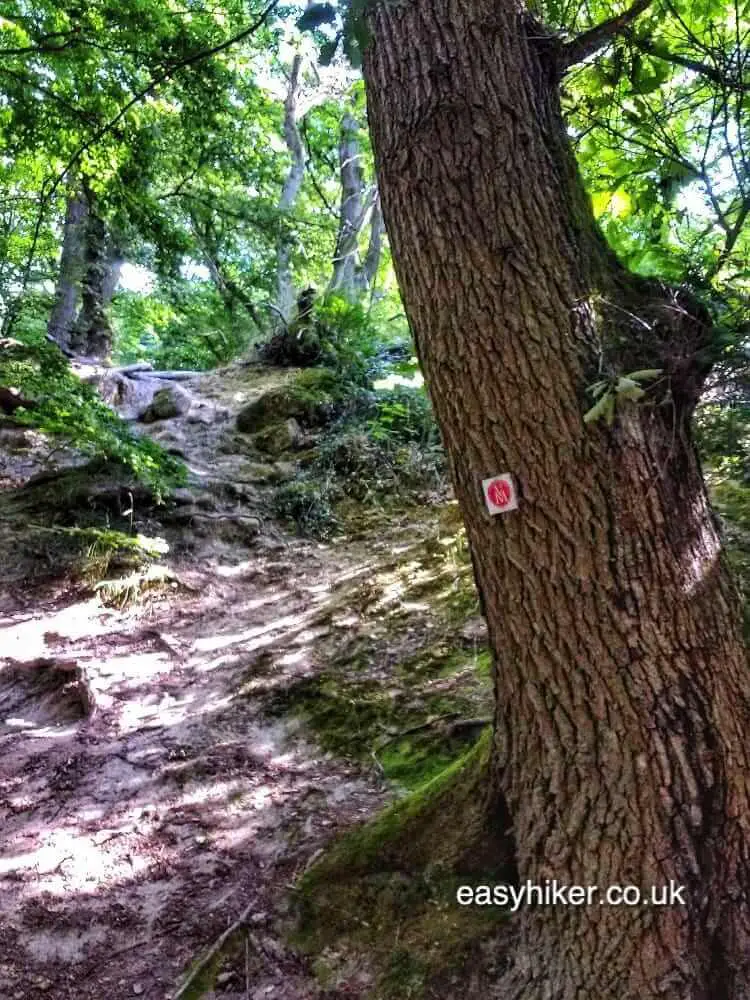
After half an hour of gentle ascent, you will reach the summit of the Neroberg that thrones over Wiesbaden at the dizzying altitude of 250 metres.
The tower on your left hand side …
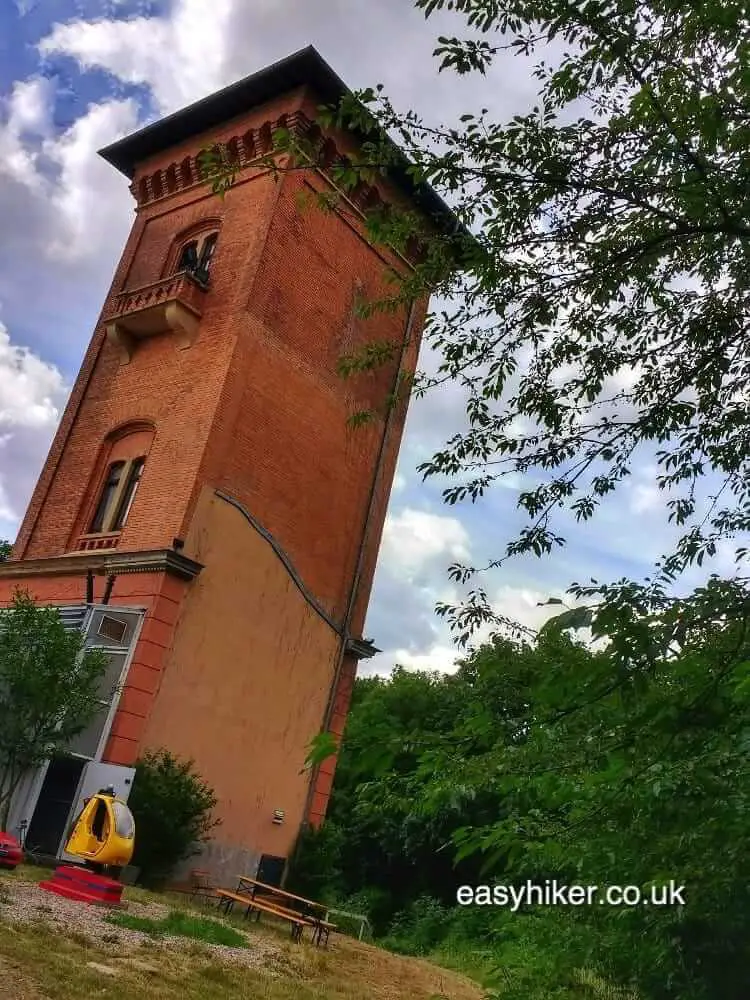
… is the last remnant of a luxury-hotel-plus-restaurant-plus-leisure-complex that stood here from 1880 to 1989 and that was the main reason why the Neroberg became such a tourist attraction. After WWII, however, the complex fell into neglect and was razed following two devastating fires within three years.
On your right hand side, the temple from 1851 still stands, …
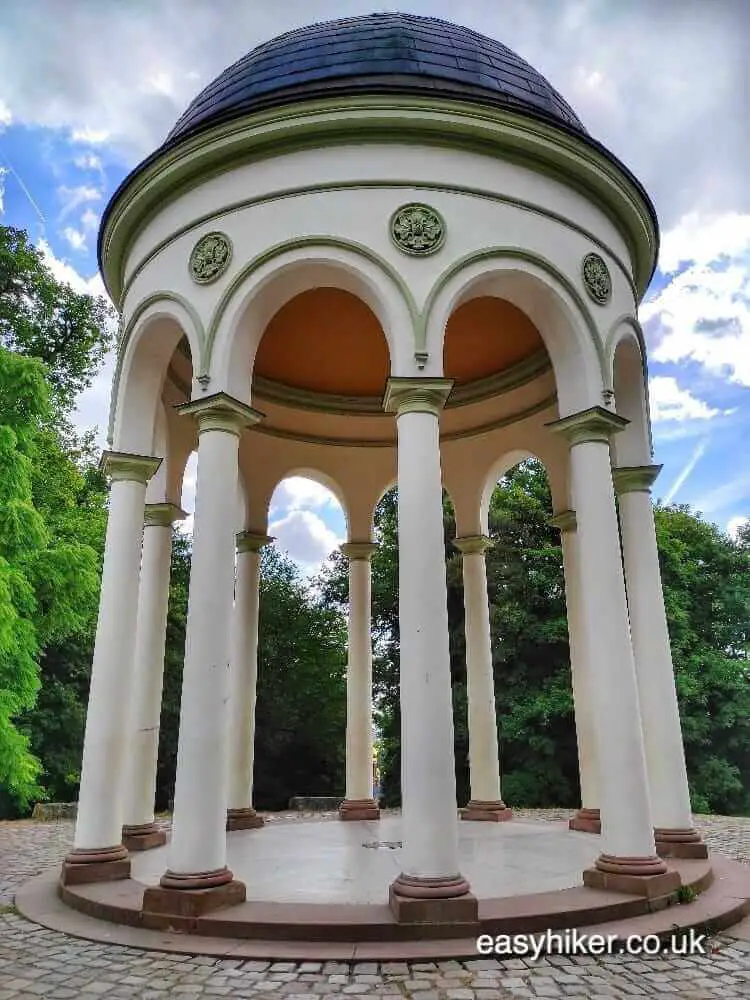
… offering magnificent views across town.
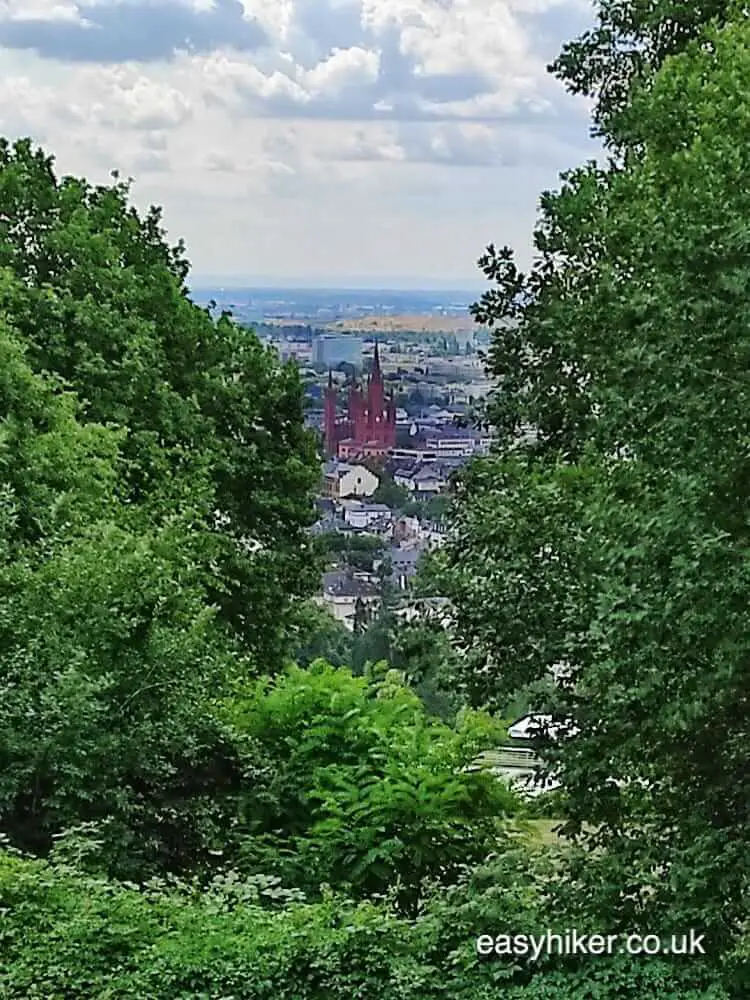
If it were not for the trees, you could – a little to the east, on the mountain’s southern slopes – see one of Rheinhessen’s premium wine-growing areas. In 1966, a bottle of Neroberger Trockenbeerauslese from 1893 reached an auction price of € 18,000, until recently a record for a German wine.
What you can see from here, however, a little towards your left, is one of Wiesbaden’s architectural gems.
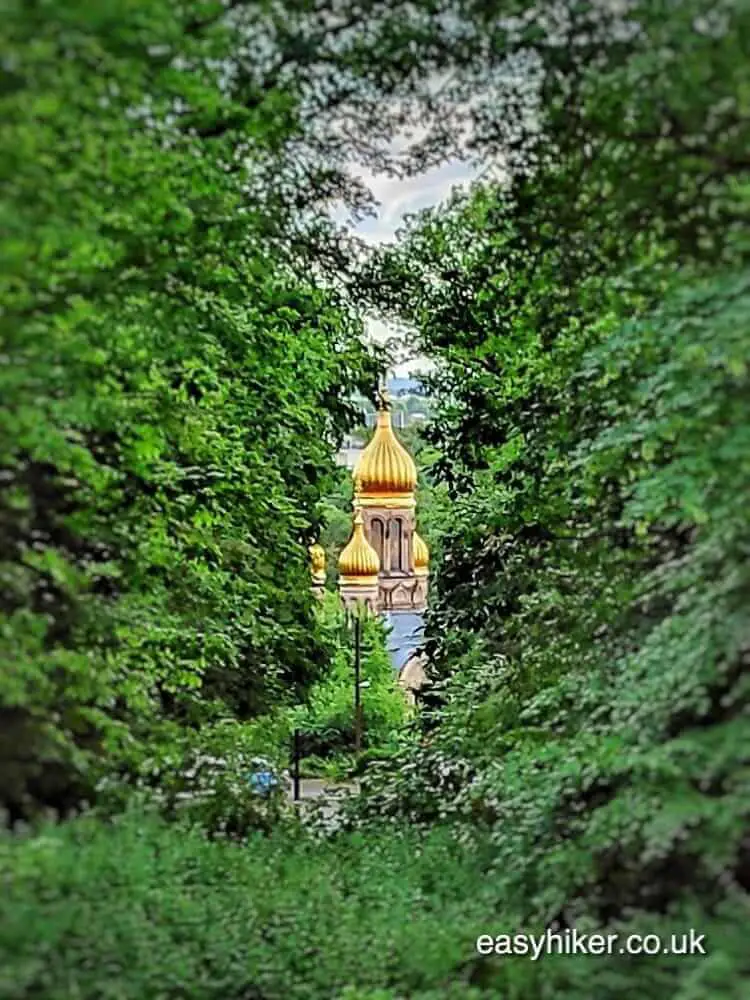
This is the funeral chapel of Grand Duchess Elisabeth, a grand-daughter of Czar Pavel, himself the only son of Catherine the Great. Elisabeth married Duke Adolf of Nassau in 1844 and died a year later in childbirth, aged only 19.
The Duke used her dowry to build this church on the Neroberg – in a carefully chosen spot so he could always see it from his residence.
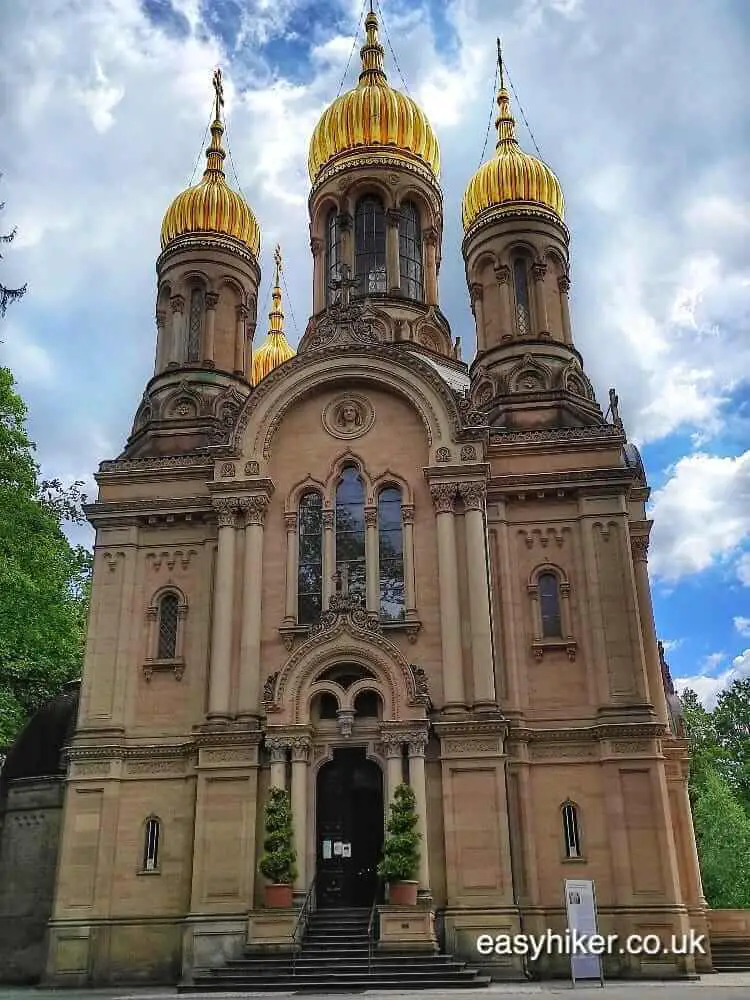
Once you have taken a closer look at the church and the neighbouring Russian cemetery, walk down the hill on the right side and turn right into Christian-Spielmann-Weg. Continue into Nerostraße, past some of the city’s grandest villas, …
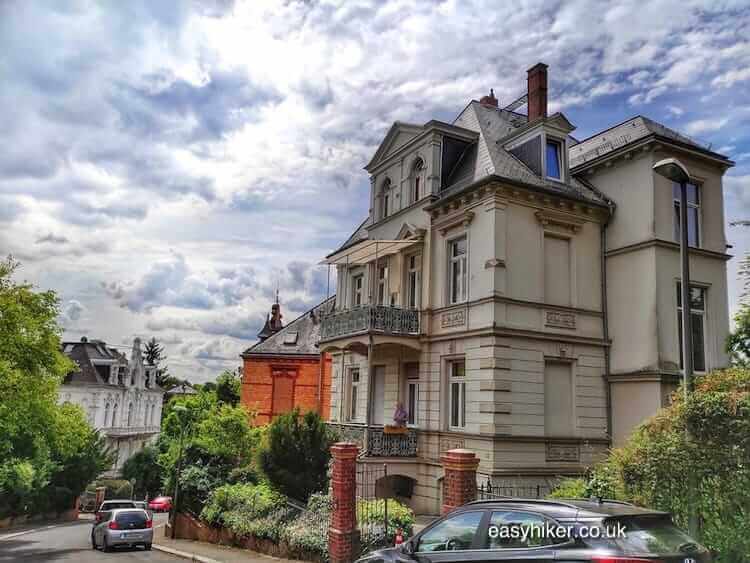
… until you reach Nerobergstraße.
At the junction, look towards your right, and you will spot a bus stop on the far side of the street from where the no. 1 line will take you back to town or to the central train station. (This is also the line you should take on your way to the Neroberg. Going in direction of the Neroberg, the bus stops just in front of the trailhead and the funicular station.)
If you still have energy after that, we suggest you take another bus (no. 4) to Schloss Bieberich, the ancient residence of the Dukes of Nassau, …
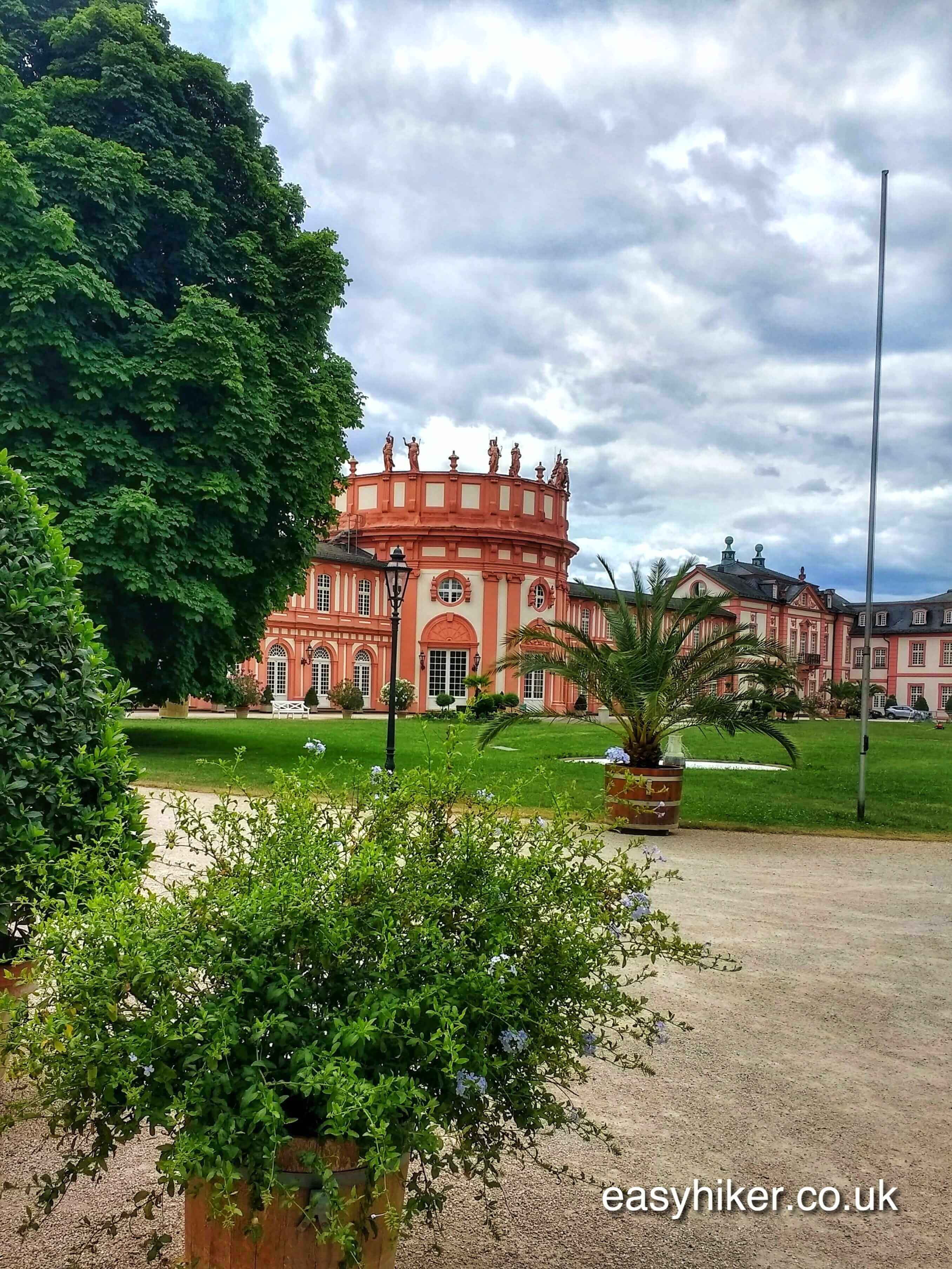
… for a walk through its park and garden-like surroundings …
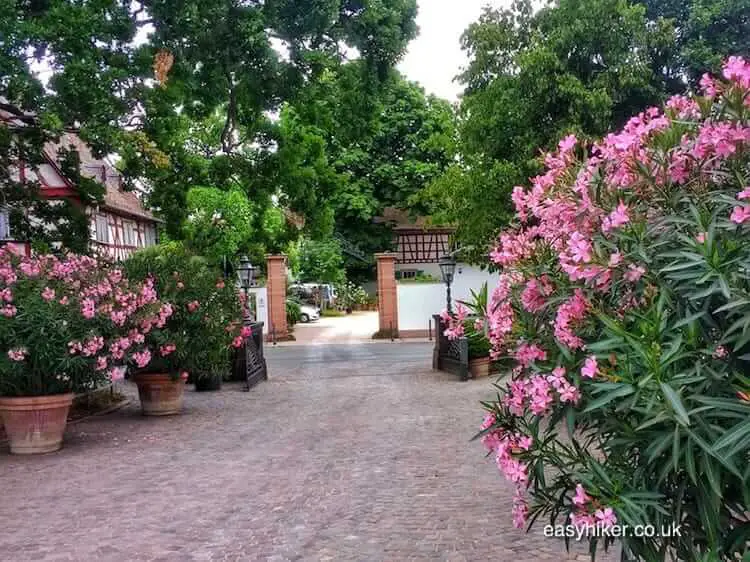
… and a stroll by the river Rhine.
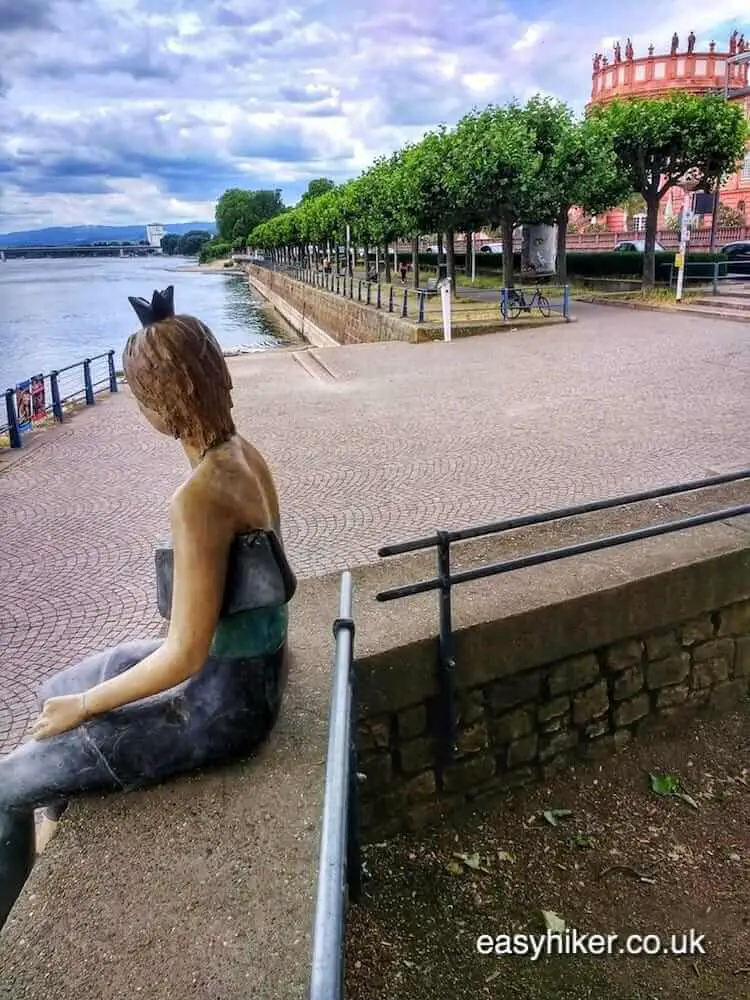
After that, it is time for a well-deserved meal and a glass of wine or two. There are many places in Wiesbaden to taste the sweetness of life.
Remember: the locals have acquired an expertise in guiding people towards the sunny side of life. So just relax end enjoy: you are in good hands.


